A tale of the unsung coffee blossoms
Writing stories of my childhood with my maternal grandmother
I inhaled the scent of my jasmine pearl tea as it steeps in my pot. I set the timer to five minutes. All of a sudden, a memory hit me. The memory was not about tea or jasmine at all! It was a faint memory of myself under a canopy of leaves and branches, busy as a bee picking red cherries on the ground and looking up from time to time to see tiny sweet-smelling white petals dropping all around me. I am suddenly remembering the scent of those fragrant white blossoms…
“Lola” means grandmother in Filipino, the national language of the Philippines. For Ilocano, the northern language that my grandparents speak, the word is “Apong”.
While so many people are definitely enticed with the aroma of brewing cups of coffee, I wonder what percentage of those are aware of the origins of that powdery deliciousness that enters our fancy machines and ends up dripping ever so gracefully inside our cups and mugs.
Each stage of the coffee-drinking process seems to take me back to memories with my Lola, back when I still marveled about everything she did. A lot of those memories get triggered with smells. Whenever I smell roasted coffee beans, I get taken back to Lola’s outdoor kitchen where they would slowly roast dried coffee beans inside a wok and on top of a wooden stove that was fueled with firewood from the twigs of the madre de cacao tree. There they were, Lola and Manang Esther, my nanny, taking turns in roasting the beans so it does not get burnt but roasted just right.
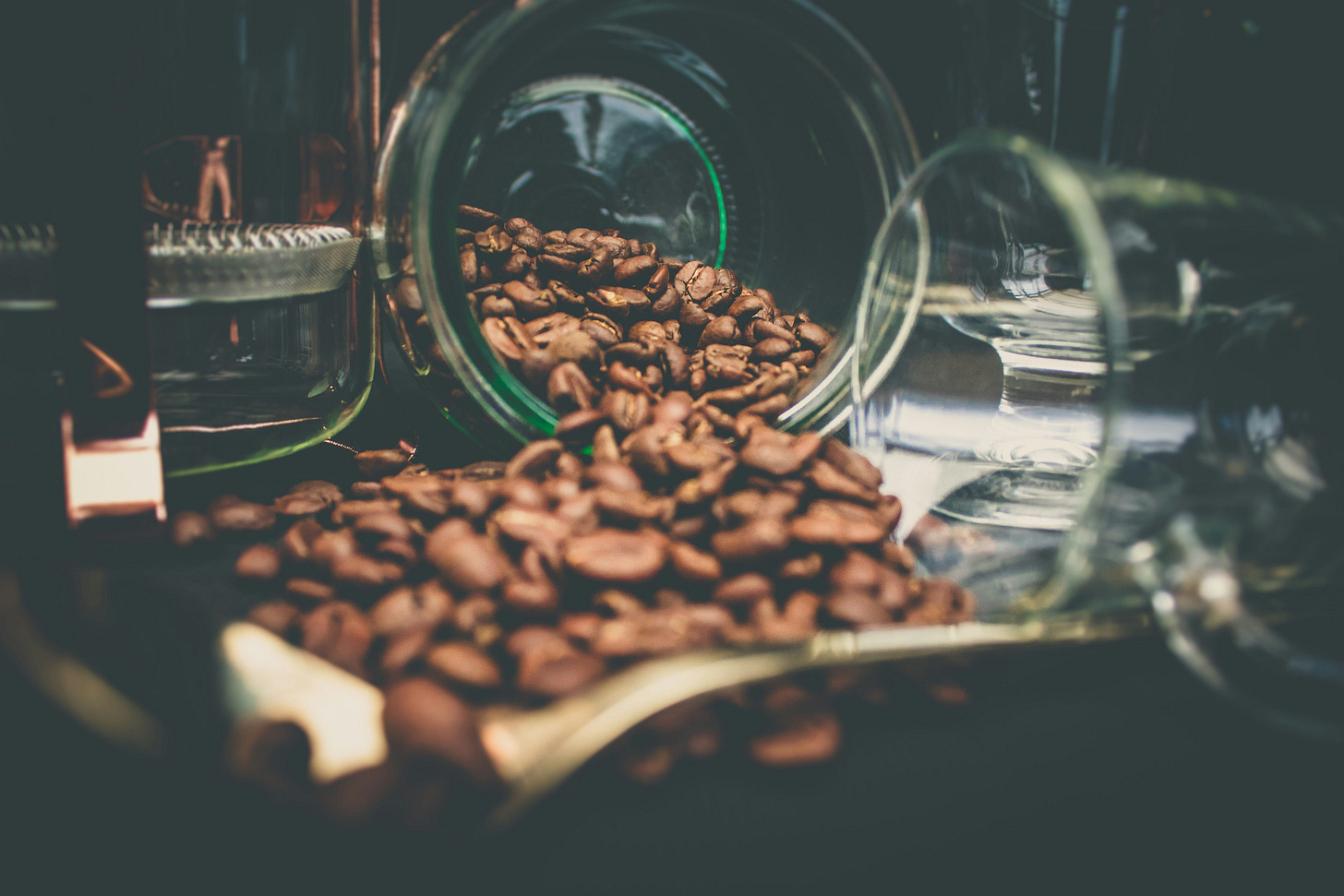
My timer rang. The jasmine tea is ready to be enjoyed.
I was trying hard to place where my memory of picking red cherries with falling fragrant white petals around me took place. If it actually did. Or, maybe I am making it up? So, I sent a message to my Mom.
Me: Mommy, did I ever help Lola harvest some red cherries with white flowers?
Mom: Do you remember your Lola’s coffee orchard next to their house when you were young?
Me: Oh. So that’s what it was!?! And, that’s where those were!?!
Mom: You loved helping her pick ripe coffee cherries and laying them out to dry.
Me: And the fragrant white petals were from the coffee plants…
“…And the fragrant white petals were from the coffee plants,” my Mom confirmed.
With my mom’s confirmation, the blurry gaps in my memory started to gain clarity once more. There I was, under the canopy of my grandmother’s coffee orchard not too far from the big house, trying so hard to copy her as she carefully picked the brightest red coffee cherries from its branches. She would pause from time to time to check what my little hands were doing and say, “Remember not to pick the green ones “nakong”. And, please do not disturb the blossoms too.” To which I would eagerly say, “Opo Lola.”
“Nakong” is short for “anak ko” which literally means, “my child” in the Ilocano language, the language of the North.
The main protagonists in this memory were the gentle black ants that ruled the kingdom of Lola’s coffee branches. Those tiny soldiers would march with their littlest battalions in full force, too eager to attack my hands that were only trying to help Lola get the brightest red fruits of the coffee plants. “They do not bite, nakong,” Lola would say. “You do not need to hurt them. Just gently wipe them off and they will be on their way.”
During those days we spent under the shade of those deep green coffee leaves, Lola taught me that coffee “trees” are not really trees. They are, actually, a perennial shrub but she told me that they look like trees because they can grow so tall, as tall as some of the real trees do. And, especially since we lived in the tropics where plants can keep on growing the whole year round, coffee shrubs get so lush that they do resemble real trees.
Then, I would ask her, “But Lola, if they are coffee cherries, why aren’t we eating them like fruits?” At that question, she dared me to try taking a bite off one of the bright red fruits I just picked. “It’s sweet, isn’t it? Just like a fruit,” she said. The coffee beans that we eventually grind to make coffee are the seeds of the coffee cherries, which are technically a type of stone fruit. Other stone fruits that might be familiar to most people are peaches, plums, nectarines, apricots, mangoes, cherries, lychee, olives, drupelets, coconuts, dates, almonds, and a bunch of other hybrids! Imagine my mind as a child in awe of the knowledge that coffee belongs to this list too! Lola’s way of teaching was like that. Modern education techniques would call it, “interactive”. She was just being a grandmother who was showing the wonders of the world to her grandchild. But, yes, she was a damn fine teacher too!
She taught me that fruits and plants become more valuable depending on how they get processed after harvesting them. That’s the case for coffee cherries. They fetch higher values after they are dried and especially after they are roasted to a specific level for very specific intensities of brews. “Just like cacao, Lola?” I asked her. I remember her pausing to glance at me with pride in her eyes and said, “Yes nakong, just like cacao.”
“Cacao”, in this story, refers to the cacao trees that are the sources of chocolates! More to come on that topic.
Our grandmother passed away many years ago after a short rendezvous with dementia. One of the most painful experiences I have had was when she looked at me and asked who I was. When I told her my name, her eyes instantly grew brighter and she said, “Since when did you get this big! Oh how fast you’ve grown!” I was then close to my 30s and visiting briefly from the United States.
Although her capacity to recall some of her memories have deteriorated in her latter years, it is beautiful how Lola has unique ways of making me remember her even after she passed away. Today was one of those days. She made herself be remembered via the fragrant jasmine pearl teas, not because of the jasmines she was also growing in her garden but because of the redolence that took me back to our long-gone coffee orchard… and our magical moments together.
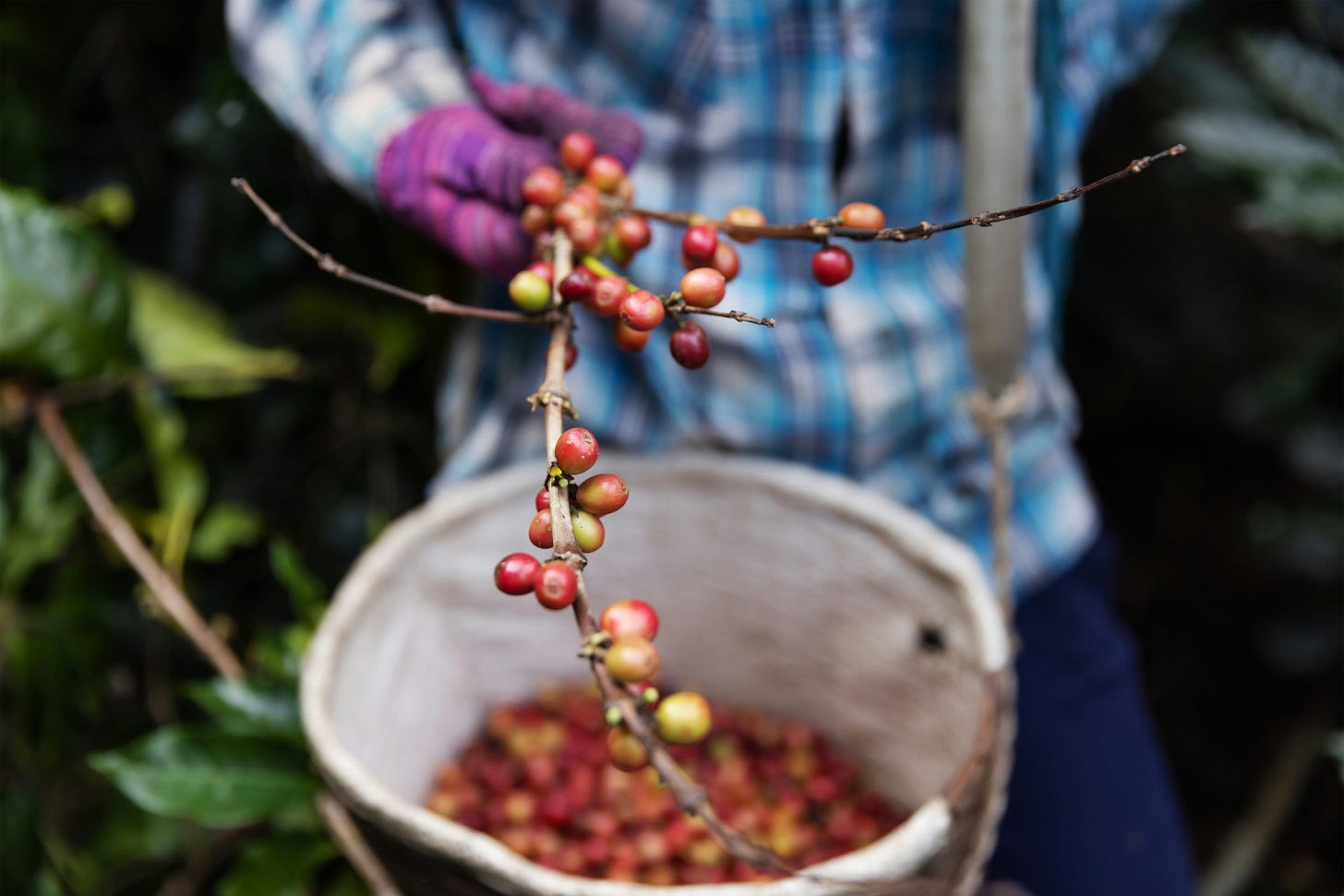
In many ways, remembering hurts. I know that I made my mother remember her own mom when I asked her those questions. As I nudged myself to remember the details, it’s part of my human nature to shed some tears and long for the good old days of my childhood. Those were the days of plenty. Those were the days when I was kept safe by my elders and people who were loyal to our family.
There are no more coffee canopies now. Lola is no longer here to teach me all of these things in her own gentle ways. Even Lolo has gone ahead of us too.
Today, I whisper gratitude to the winds, hoping they would take my whispers to wherever my grandmother is right now. I am thankful for all of the quality moments when all of my senses were engaged. I am thankful for getting education in the most creative and interactive of ways, from practically one of the best Science teachers on this planet. I am thankful for having been born with deep appreciation of the land, where things grow from seeds to bear more seeds, and where magic happens to help sustain life.
Happy Friday, everyone. Today, I am writing you a message of heritage, of gratitude, and of mindfulness.
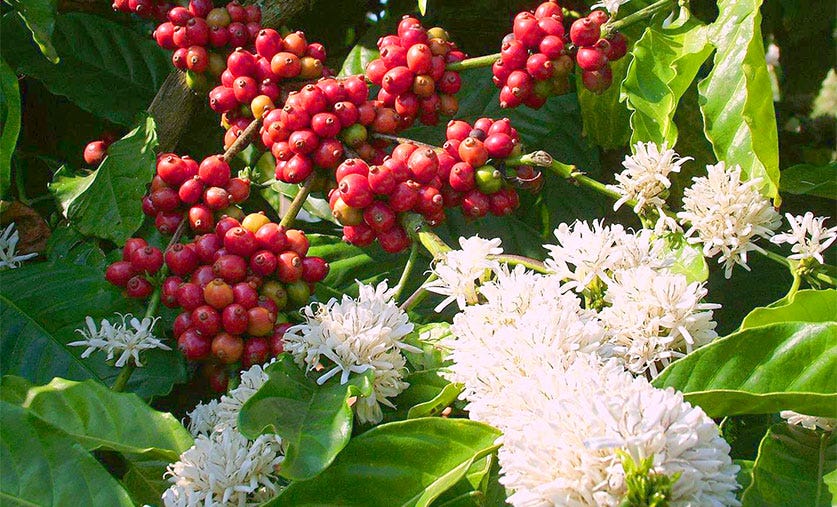
Thought Exercise:
🌳 What are your earliest memories with your grandparents?
☕️ In what ways have fragrances brought you back to memories of your childhood?
💬 Comment below 👇 and 🔄 restack this post
👀 Read more of my writings about the sensory experience of smells via the Redolence Series and Vignettes about the wonders of everyday.
Credits:
The images are not mine, the sources are hyperlinked via each caption.





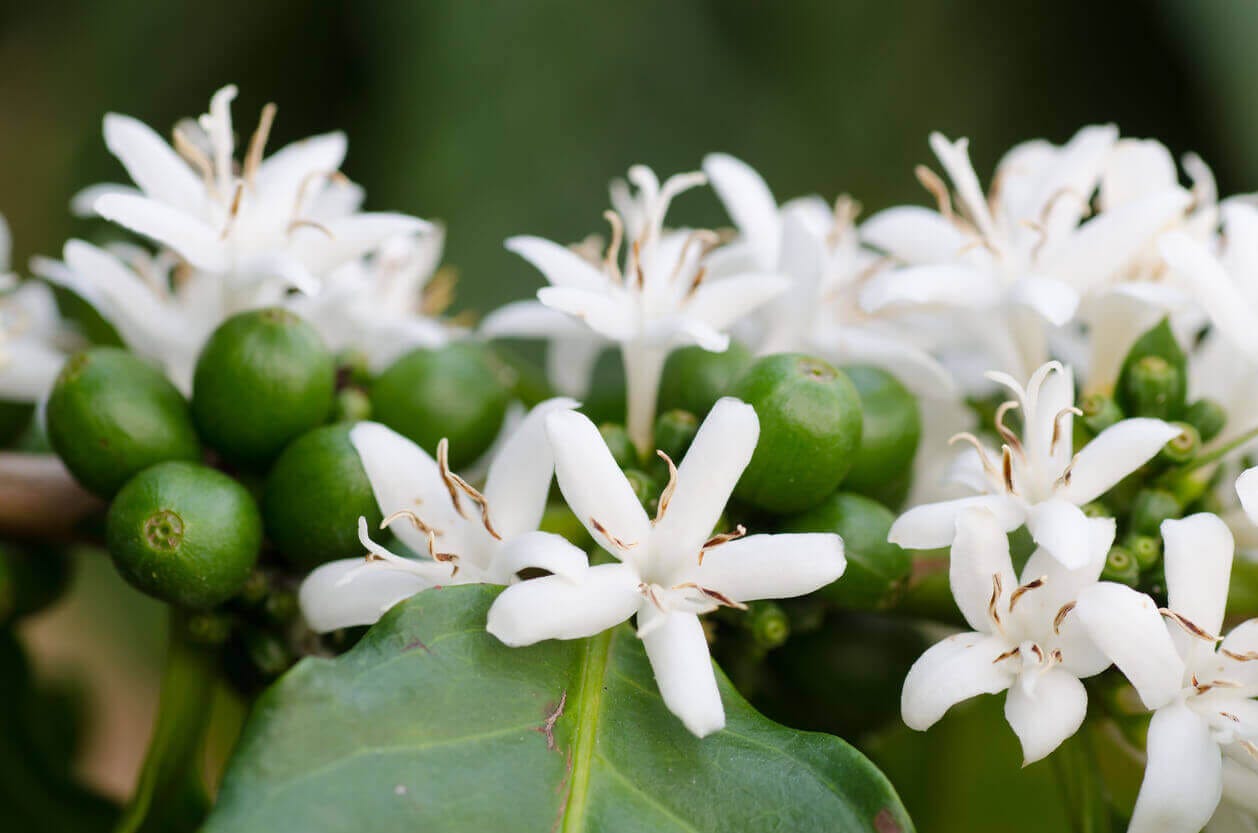


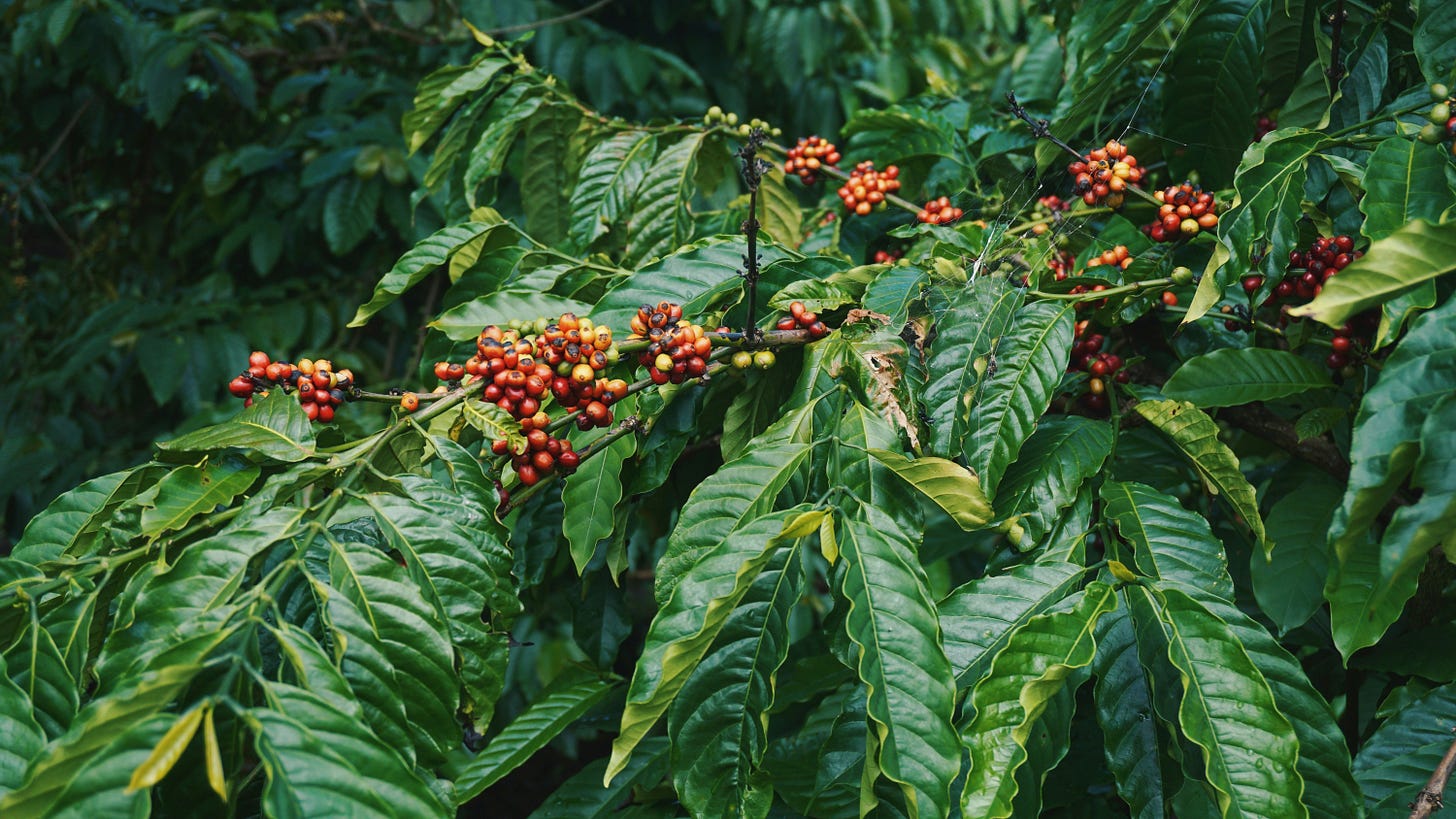
This such an amazing memory told so beautifully Jen. I only remember visiting my great grandmother in New York a couple of summers and she always took me to the beach.
I remember those red berries on a trip to Waynaud.My grandparents I remember harvesting jackfruit with them.ahhh miss that adventure. the world seemed so huge then and excitement would last for the whole day.